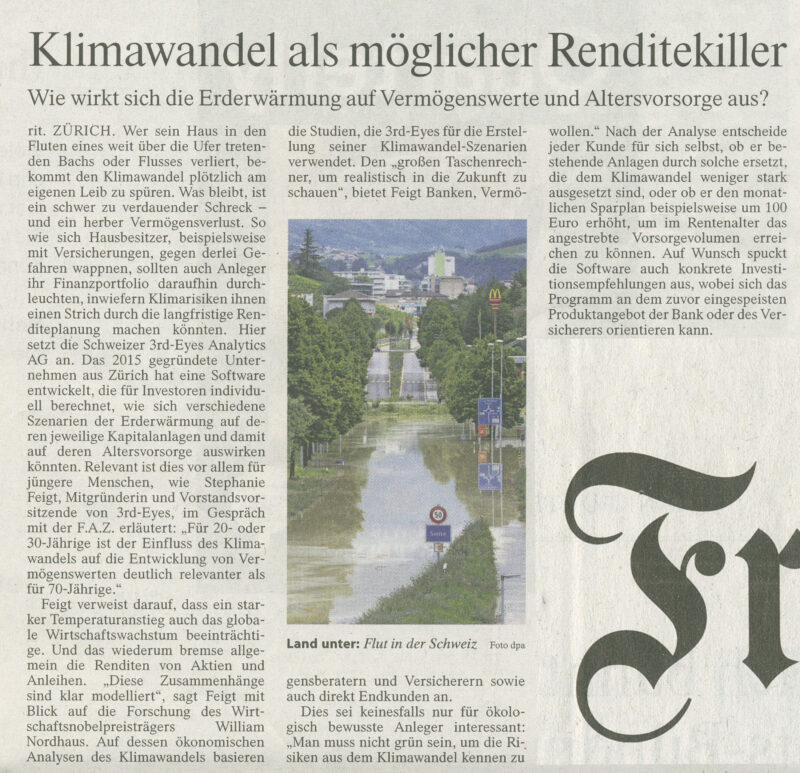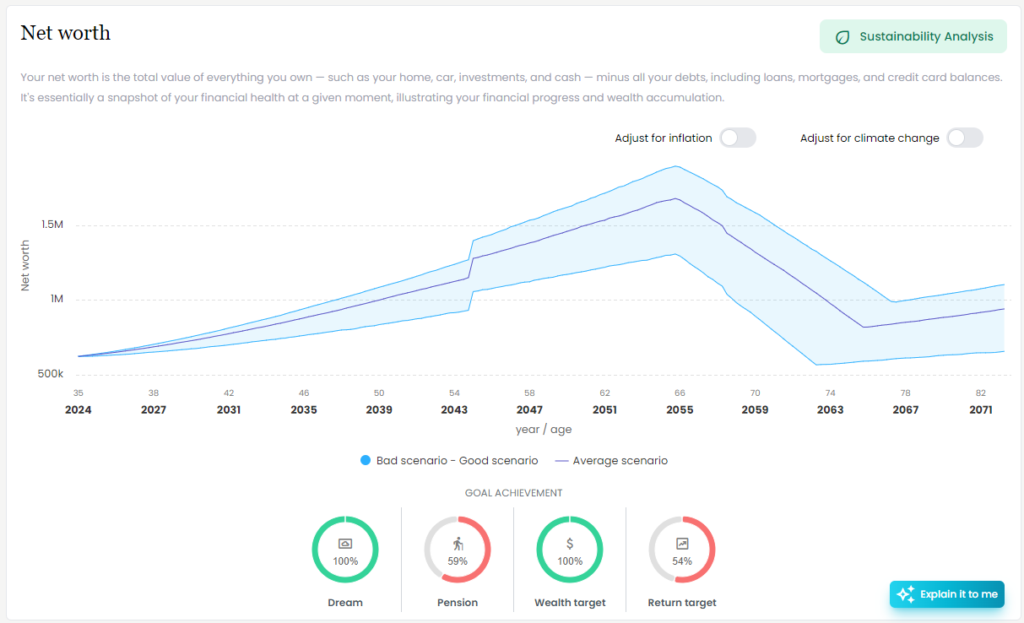In 2015, Millennials declared that they’d rather go to the dentist than talk to their bankers.
Raised in the shadow of the 2008 financial crisis, it was not surprising their trust in banking, including wealth management, was fragile. A third of them were convinced there would be no need for banks in the future.
10 years on, the future is here. After declaring that banks were irrelevant, the recently published EY 2025 Global Wealth Research Report shows that wealth management clients are generally satisfied with the service they receive, and that almost half (44%) have increased the number of meetings with their advisors.
Financial advice is not going out of fashion – on the contrary. Clients reach out to their advisors when situations become complex or uncertain, so with 45% of clients believing that their investment needs are more complicated than two years ago, so that wealth managers can expect to remain in demand.
However, maintaining those client relations requires effort, not only in light of additional meetings – all leading to a higher cost to serve. The report also indicates that the willingness to change providers is high. 30% of clients plan to change their wealth manager in the next 3 years, while 45% of respondents say they are ready to move more than a quarter of their portfolios to a different investment advisor.
The main reasons for switching are better performance and a wider product range. But there are other factors that can impact AuM. Interestingly, a third of clients would switch providers if they received clear guidance on how to achieve their goals from the new provider. Even a larger portion will switch to a new provider if they offer access to specific financial planning experts. Clients in 2025 are aware of the complexity of managing their wealth and want expert advice relevant to their unique financial goals and are willing to go wherever they get that.
They want financial advice that is specific to them. Advice that goes beyond bankable assets and includes the holistic view of their wealth and respects their financial dreams and wishes.
Advice Has Not Yet Evolved for Real Personalization
Most wealth managers, in the meantime, haven’t moved away from three to seven standardised asset allocations. They are still selling products or a combination of them, under internally pre-defined strategic asset allocations. It is their investment committees who decide and guide how assets should be structured to deliver a blanket objective: the highest positive return at a given acceptable risk. Sometimes these committees outperform the benchmark, but there is no sustainable alpha – most underperform after fees. The main problem is, however, that the allocations remains generic.
Personalization – that is, financial advice that is relevant only to me- doesn’t yet happen consistently and at scale. Private banks do give some personal touch layered at the end in the hands of the Relationship Manager. But it is not yet built into the entire advisory process.
In fairness, Client Advisors are mostly excellent in ensuring personalisation. They remember birthdays, names of grandchildren, favourite drinks, foods and sports. They can somehow even sense you’re reconsidering that round-the-world trip you planned in college, before you’ve pulled out the “Lonely Planet” from the basement.
Many Client Advisors have a good idea of their clients’ financial goals, their ambitions, dreams, and legacy desires. But they will try to address those individual needs within the standardised framework offered by their employer, be it a Wealth Manager or a Bank. And they do, but without tools specifically developed to support them in matching their clients’ lives and financial dreams with investments. And, as a consequence, probably also not in a very cost-efficient way. The results are nevertheless positive, since 80% of clients say they are satisfied with their wealth manager.
In the context of demand for “specific-to-me” financial advice, the question is: How to ensure scale to grow and meet the demand?
The Opportunity is Now
And it’s not that wealth managers have been asleep. Change and transformation has been part of their budget and management agenda from the moment they sensed that “the world needs banking, but not banks” could become true.
Until now, their transformation efforts have gone to necessary compliance following mammoth change in regulation. Consumer protection, anti-money laundering, reporting and transparency obligations have absorbed time, effort and attention at the speed of budgets evaporating in a crisis.
So now that this is done, it’s time for wealth managers to direct change budgets, effort and attention to the redesign of financial advice and financial planning. To elevate what is their core value proposition. Not only to make it more efficient, but also more effective.
While sneakers can be designed in millions of combinations online, crucial elements of portfolios remain standardised – even for wealthy segments. An example is the strategic asset allocation as the main driver of volatility and performance.
Start with the Client
Start where it matters: with the clients and what is dear to them, not the standardised and interchangeable products. Redesign all wealth management processes to deliver financial advice that is addresses the clients’ specific situation, hence being personalised instead of product based. Engage clients with comprehensible and visual interactions that focus on the different and individual needs in their life stages. That means understanding what matters most to clients—not just financially, and not punctually, but personally, holistically, and at scale.
To do so, Client Advisors need to be rightly equipped with integrated and advanced technology combined with data analysis capabilities that allow amongst others explaining why a specific investment strategy fits the individual client’s goals.
Wealth Managers need to purposefully establish an ongoing dialogue that is personal to the client. A dialogue that evolves with clients as their lives change, responding to everything from family events to shifting market conditions. And this is what our technology-enabled wealth platform does, and that’s what 3rd-eyes analytics stands for: connecting the investments with the life, wishes and dreams of clients – bridging abstract investment proposals by making them personal and aligned clients’ values and aspirations – consistently and at scale. Exactly what EY’s data shows the wealth industry is not yet delivering.
Individual and Hyper-Personalised Financial Advice that focuses on clients’ aspirations isn’t a fantasy. It’s where clients are going.
If you don’t lead them there, someone else will.
Find out more about our solutions: https://3rd-eyes.com/










